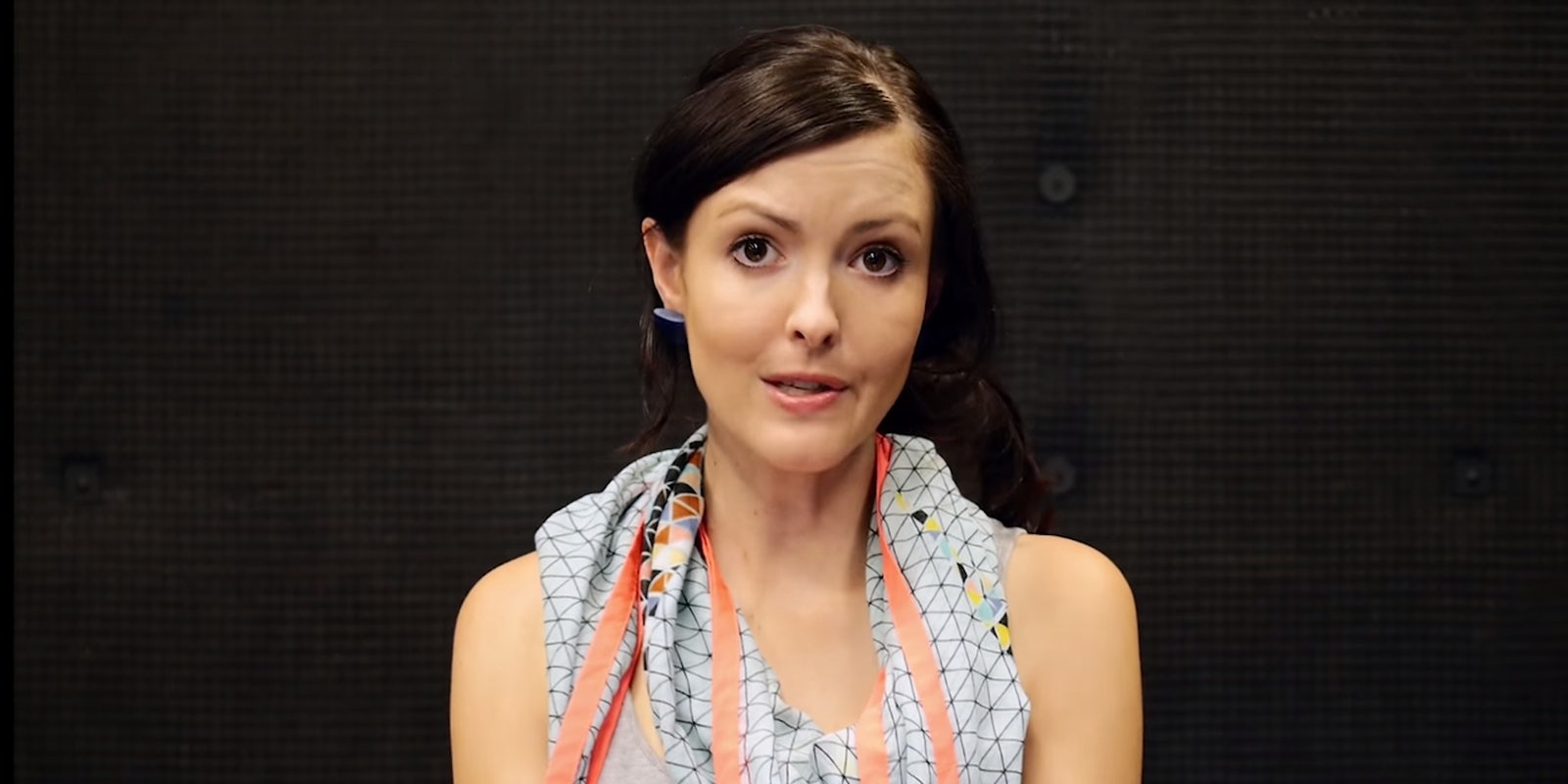This week, Vanessa Hill of YouTube channel PBS BrainCraft explores the strange ways in which we can miss the gorilla in the room. Even when it’s right in front of you.
Holy crap, how are people so bad at seeing things that are right in front of them? If you weren’t paying attention, you might have missed Hill briefly summarizing the neuroscience behind this phenomenon in the middle of the video. Basically, Hill says, the brain can only take in and process so much information at once. With tasks that take a lot of concentration, such as counting the number of passes between the white team in the beginning of the video, giving directions, flying a plane, or searching for signs of cancer, you’re less likely to notice things you aren’t looking for.
On a more fun note, this neurological shortcoming is the bread and butter of magicians. Neuroscientists Susana Martinez-Conde and Stephen Macknik devote their lives to working with magicians and figuring out how different illusions work. The interesting thing about magic and illusions is that, even if you’re privy to the illusion, they still work. You can know a magician is just performing a sleight of hand, and still fall for the trick every time.
Martinez-Conde and Macknik’s research has shown that we’re suckers for distracting movements and eyelines, and that is why we fall for the artful misdirection of magicians. And by the way, now they’ve set their sites on understanding just what was going on when the Internet melted down over The Dress.
It’s also why NBA players on defense often fall for fake passes. If you were tuned into the recent NBA postseason, you may have noticed that the offensive team frequently would fake a pass to another team member, and that frequently caused the defending player to pay attention to where he thought the ball was going to end up, usually opening a small window of opportunity for the offensive player to make a shot or a different pass.
That players at the professional level are still able to fall for this simple trick shows the power of misdirection. Here’s an example:
The ball is in the man’s right hand the whole time, but because he keeps watching where the ball would go, we tend to follow his eyeline instead of the ball itself. By the time we catch up to where the ball should stop going up and start going down, we’ve realized it’s not there.
A lot of illusions are tied up in the way our eyes move and how they’re constructed, as Ze Frank shows:
Specifically those saccadic eye jumps are responsible for something called the stopped clock illusion. This is that weird thing that happens when a clock that is counting seconds appears to be frozen the moment you look at it. Basically when your eyes lock onto the clock, your brain tells itself that you’ve been looking for the clock as long as the saccade took, which adds to the time you perceive that it takes for the second hand to move.
Still confused? Here’s an old Vsauce video about it:
And if you’re really into this stuff and want to further nerd out, there’s a whole TV series called BrainGames that you can watch on YouTube. Better yet, go fiddle with the accompanying interactive games on National Geographic’s website.
Screengrab via BrainCraft/YouTube


